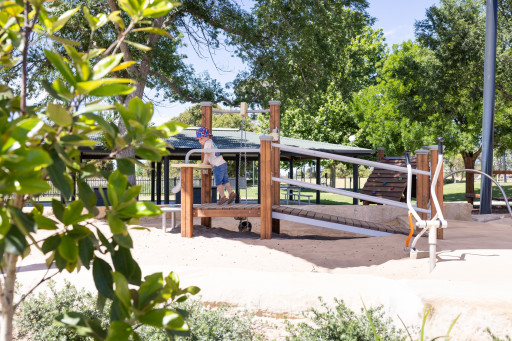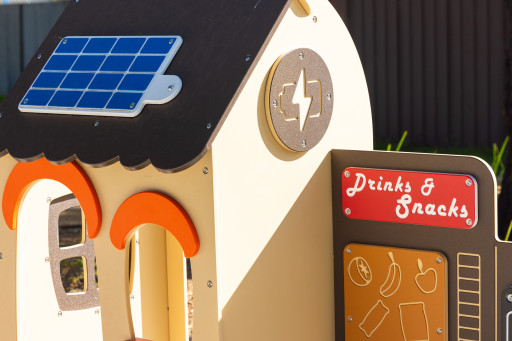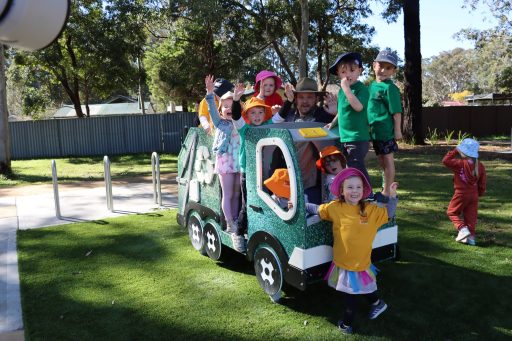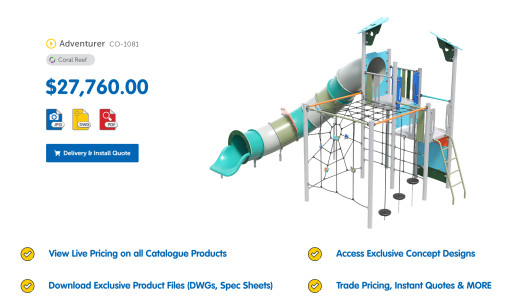understanding Playground Equipment Pricing
When it comes to creating a playful and safe environment for children, playground equipment is a crucial investment.
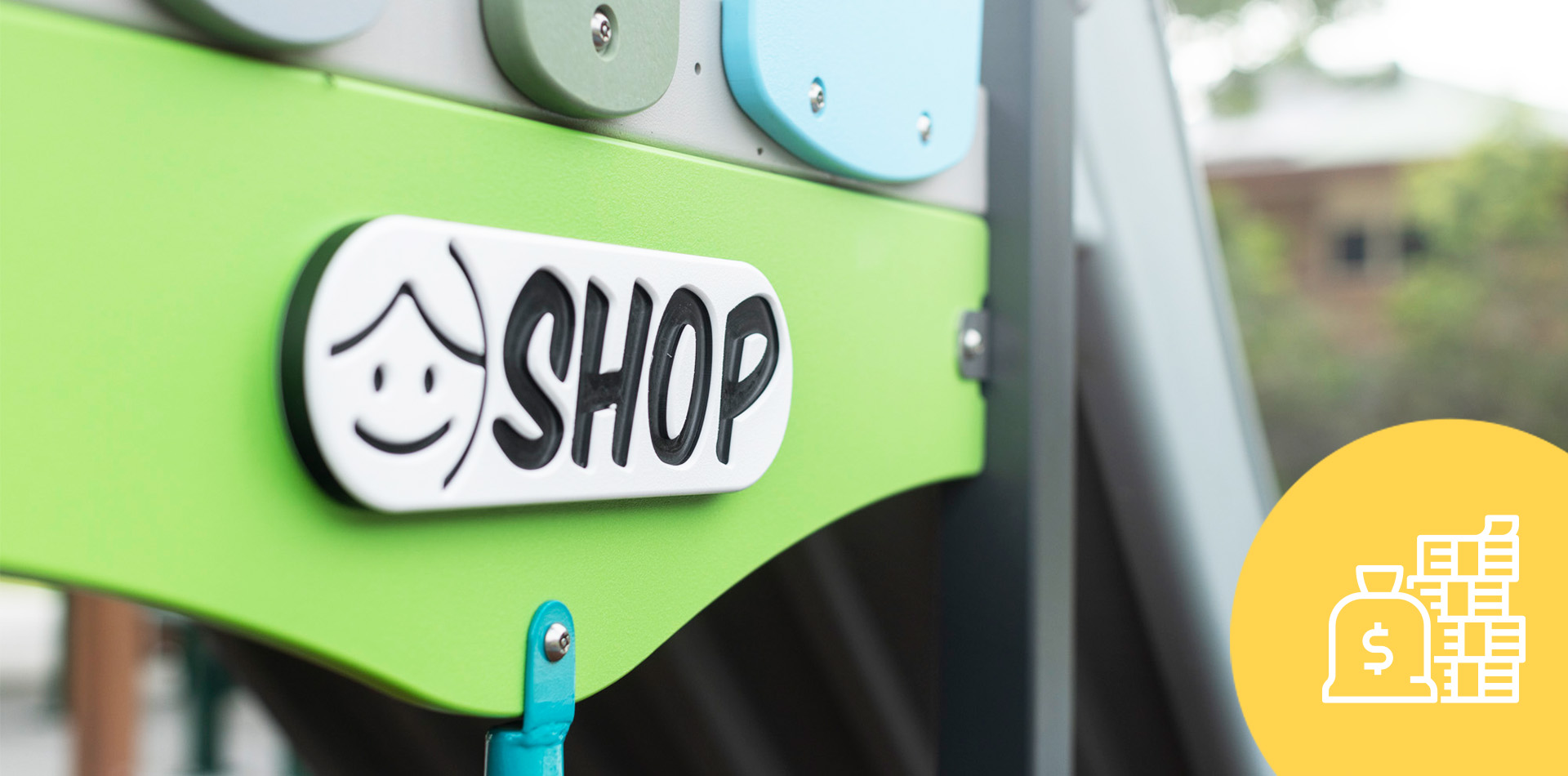
Share post
However, understanding the pricing of such equipment can be complex. This comprehensive guide aims to demystify the factors that influence the pricing of playground equipment, providing valuable insights for schools, councils, and other entities planning to make a purchase.
Material Quality and Durability
The materials used in playground equipment significantly impact its cost. High-quality, durable materials like galvanised steel, high-grade plastics, and robust timber are more expensive but offer longevity and safety. These materials can withstand harsh weather conditions, frequent use, and the test of time, making them a cost-effective choice in the long run.
Safety Standards and Certifications
Adhering to safety standards is non-negotiable. Equipment that meets Australian Safety Standards might come at a higher price but ensures the utmost safety for children. These standards involve rigorous testing and quality control, ensuring that the playground equipment is safe from potential hazards.
Design Complexity and Customisation
The complexity of the design and the level of customisation also play a significant role in pricing. Unique, bespoke designs that cater to specific themes or needs are typically more costly than standard models due to the additional design work and unique manufacturing processes involved.
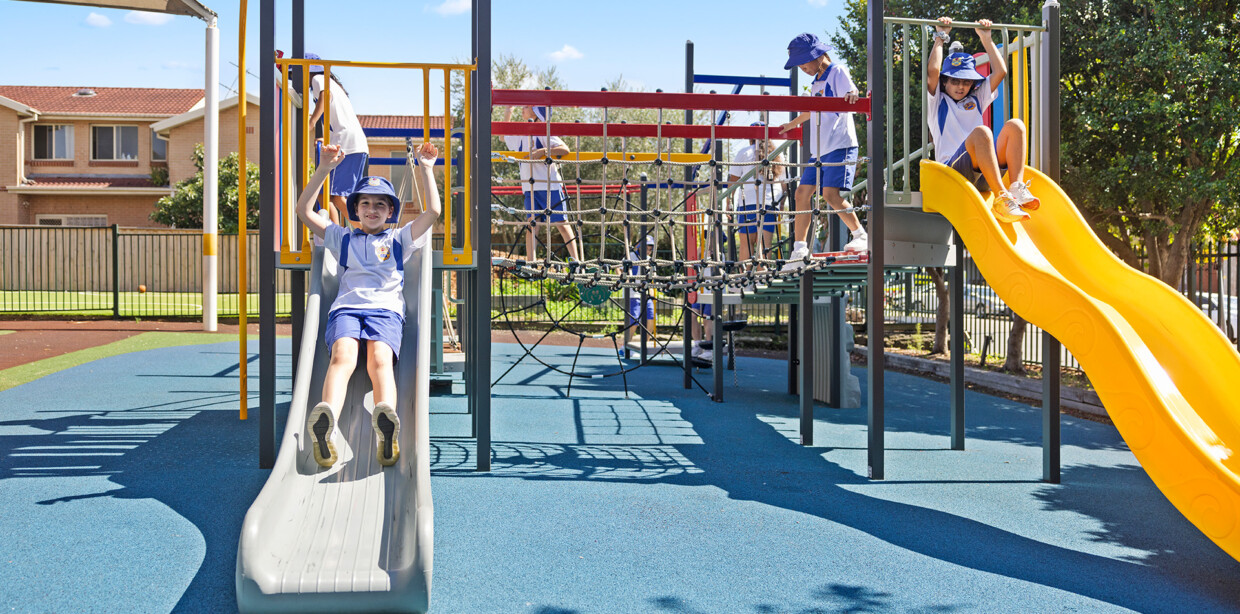
Size and Scale of Equipment
Larger playground structures with multiple play areas, slides, climbing frames, and other features naturally cost more due to the increased amount of materials and the complexity of the design. The size and scale should align with the available space and the expected number of users.
Installation and Maintenance Costs
Installation costs can vary based on the complexity of the equipment and the terrain of the playground site. Additionally, consider the long-term maintenance costs, which include regular inspections, repairs, and potential replacements of parts. Opting for equipment that is low-maintenance can be more cost-effective over time.
Brand and Manufacturer Reputation
Established brands like Moduplay, known for their quality and service, may have higher pricing but offer peace of mind with warranties, customer support, and proven track records. Investing in a reputable brand can ensure reliability and quality.
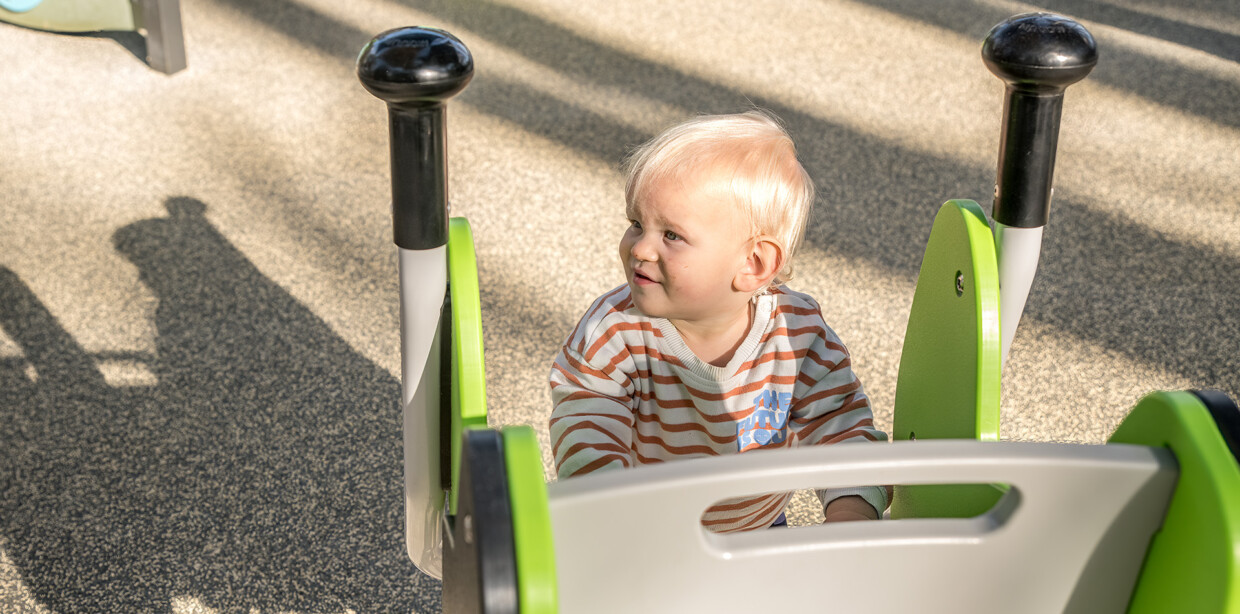
Inclusive and Accessible Features
Equipment designed to be inclusive for children of all abilities can be more expensive due to specialised design and additional features like wheelchair ramps, sensory panels, and low-height activities. These features are essential for creating an inclusive play environment.
Shipping and Logistics
The cost of transporting playground equipment to the site can vary based on location and accessibility. Remote or difficult-to-access areas might incur higher shipping costs.
Industry Trends and Innovations
Emerging trends and innovations in playground design, like interactive digital elements or eco-friendly materials, can also influence pricing. These cutting-edge features, while potentially more costly, offer unique play experiences and sustainability benefits.
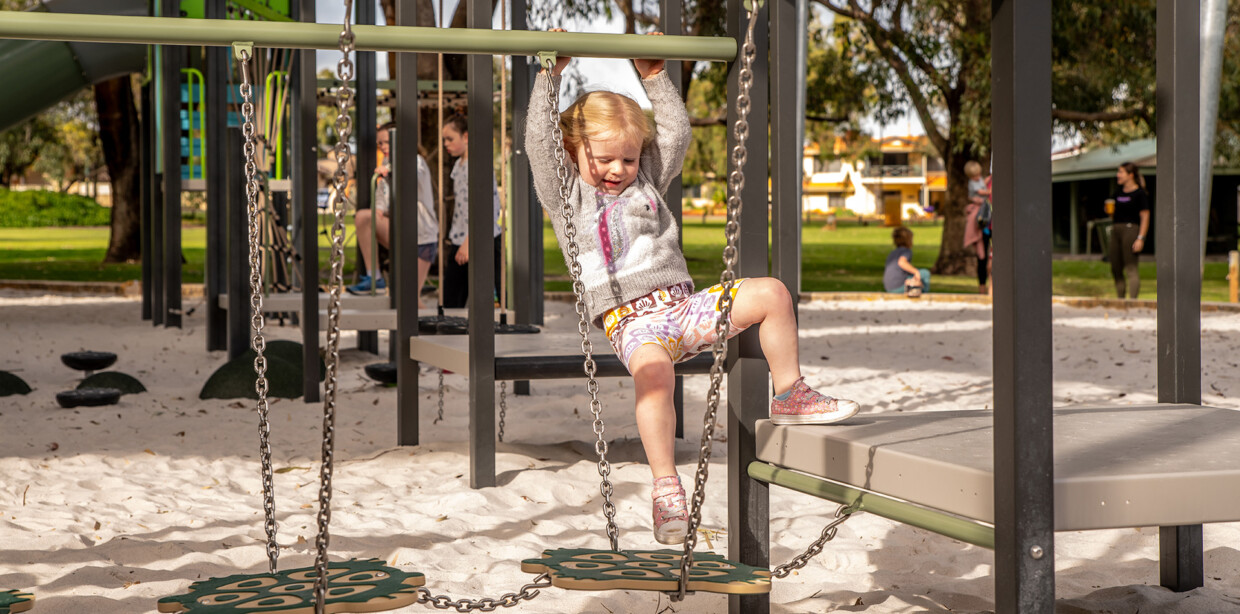
Conclusion
When planning for playground equipment, it’s crucial to consider the balance between cost, quality, safety, and the long-term benefits. Investing in high-quality, durable, and safe equipment from reputable manufacturers like Moduplay can yield a playground that not only delights and engages children but also stands the test of time, proving to be a wise investment for the community.
Remember, when planning your playground, it’s essential to prioritise the needs of your target audience and ensure compliance with safety standards, while also considering the long-term value and benefits of your investment.
Keep in touch
Get design inspiration, business tips and new product alerts straight to your inbox with our Moduplay Newsletter, the Playground Press once every two months.
